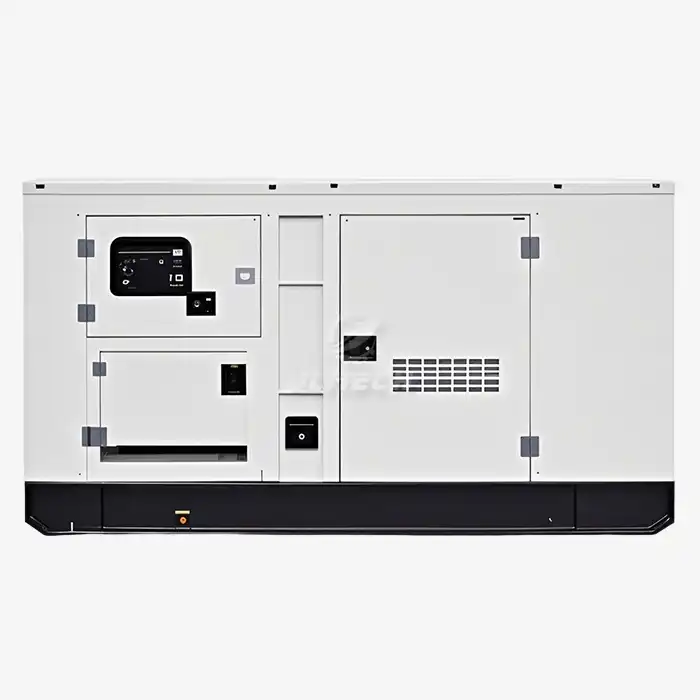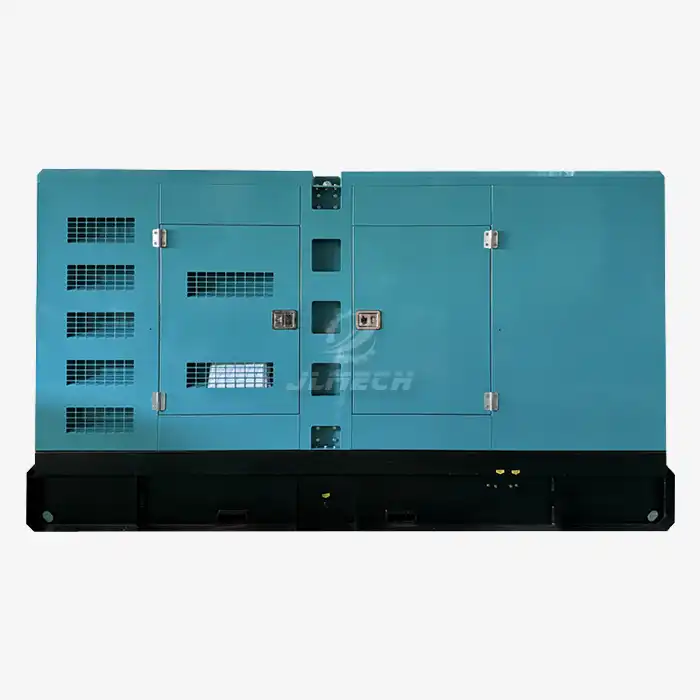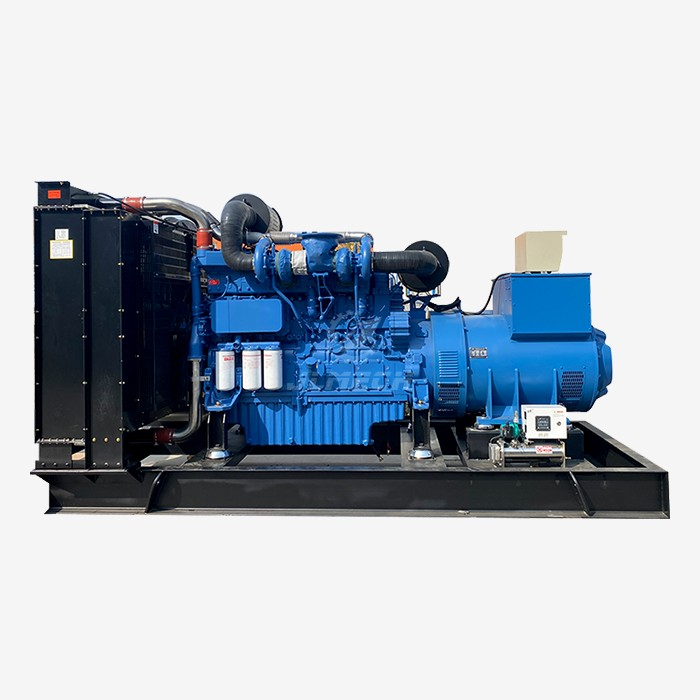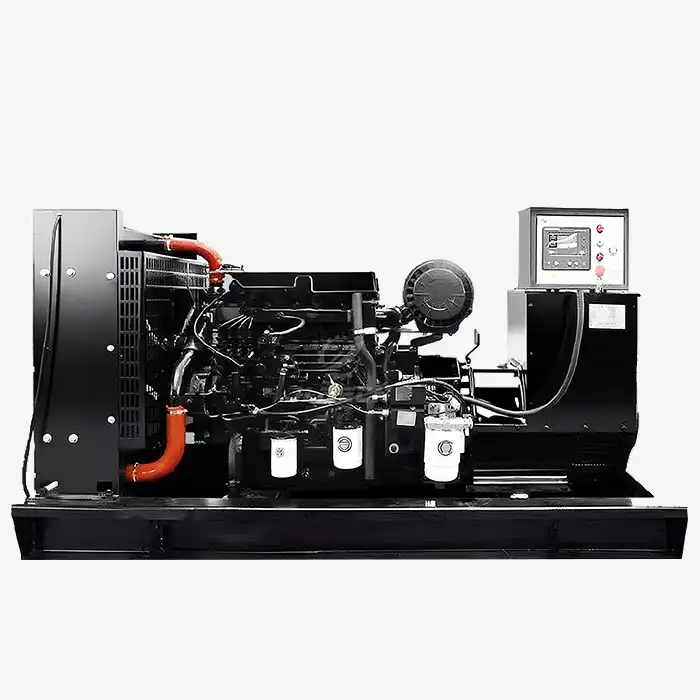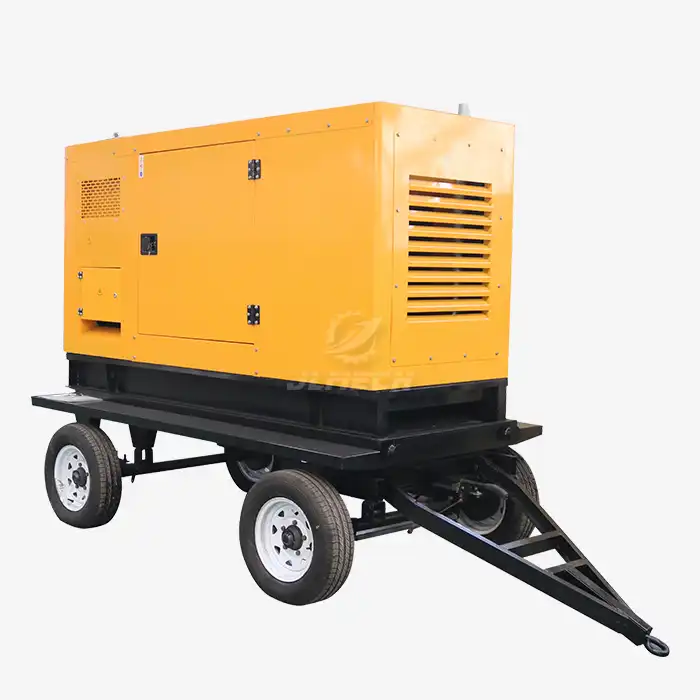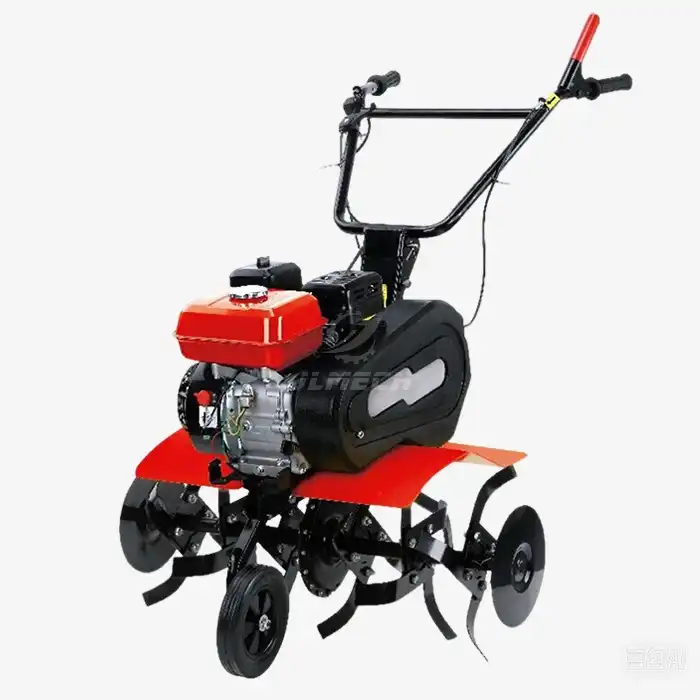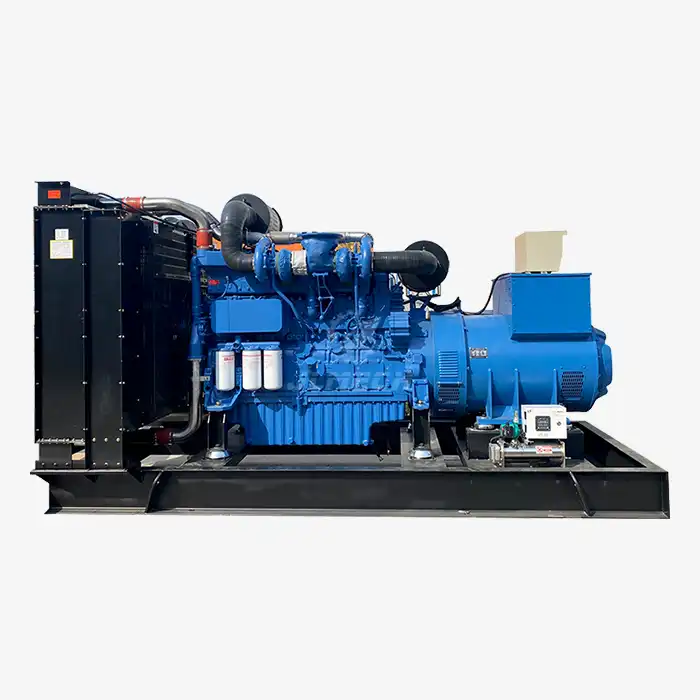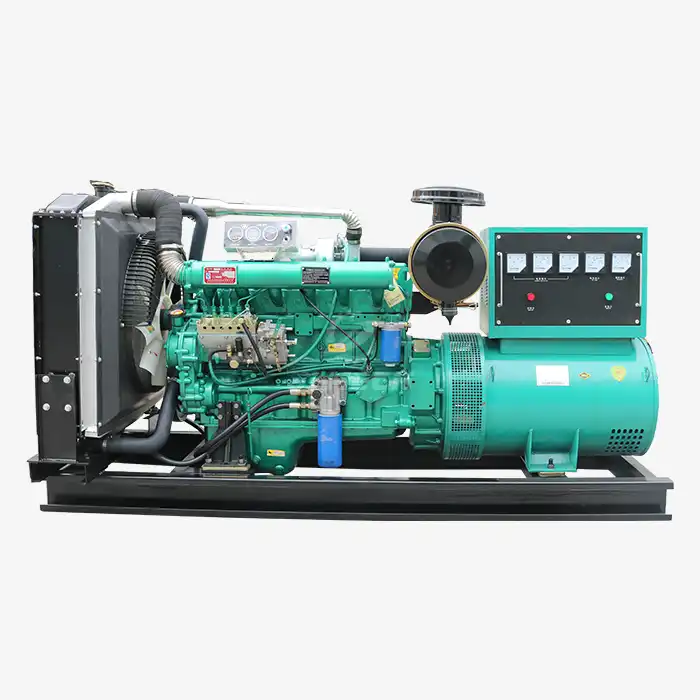What is the purpose of a sound attenuator?
If you've ever stood near a running generator, you know they can be loud. That noise isn't just a nuisance; in many settings, it can be a significant problem, leading to complaints, regulatory fines, and an unpleasant work environment. This is where sound attenuation generators come into play. Essentially, a sound attenuator is a system or component designed to specifically reduce the noise levels produced by a generator set. Think of it as a sophisticated muffler for your entire power system. Investing in a sound attenuation generators system isn't just about making things quieter; it's about ensuring compliance, protecting health and safety, and enabling your operations to run smoothly in noise-sensitive areas.
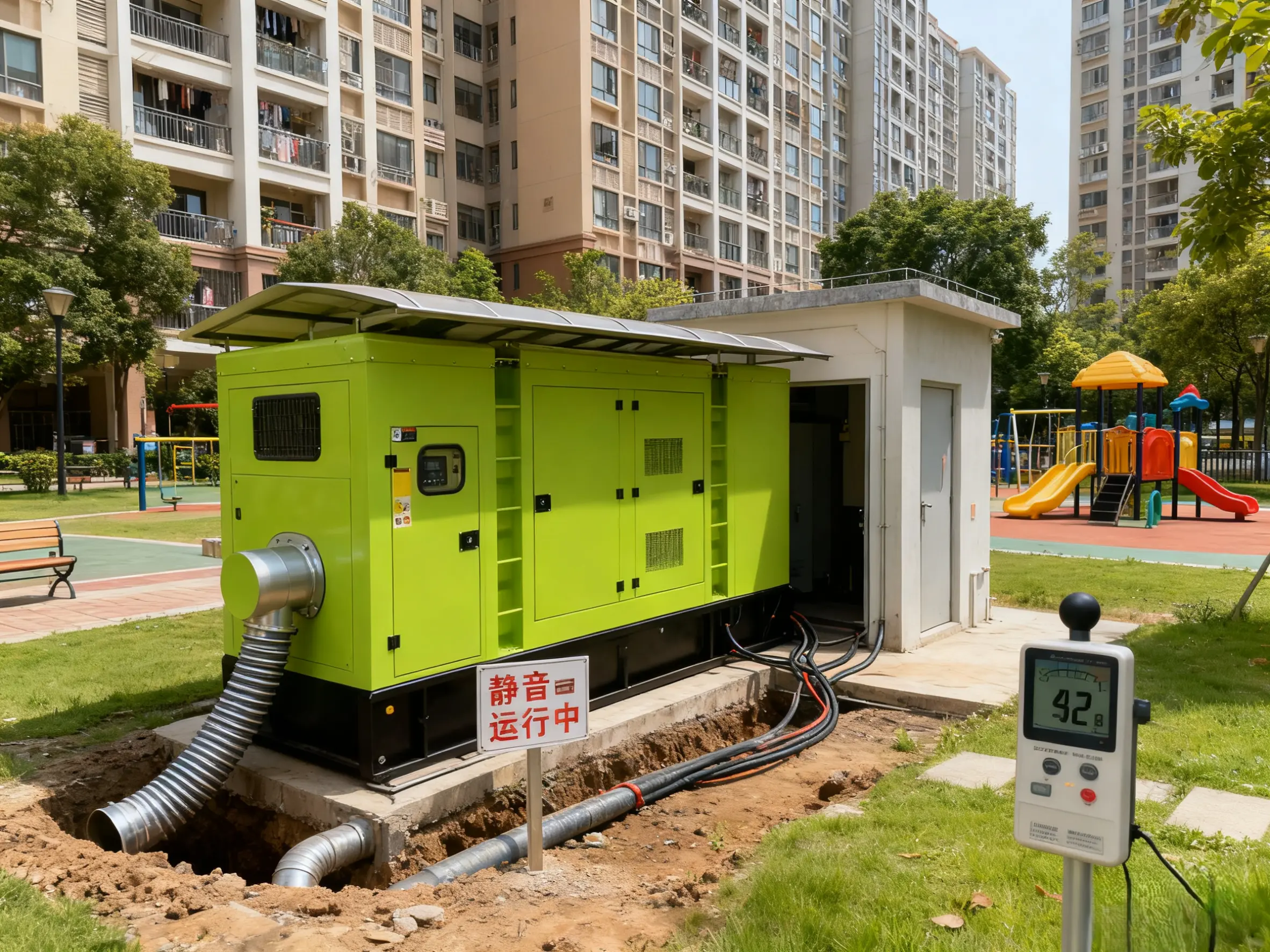
The Core Problem: Generator Noise
Generators produce noise from several sources, making them inherently loud machines. The primary culprits are:
Engine Noise: The combustion process and mechanical movement within the diesel engine itself.
Fan Noise: The cooling fan operating at high speeds to prevent overheating.
Exhaust Noise: High-pressure gases being released through the exhaust system.
Alternator Noise: The electromagnetic hum from the generator head.
Without control, this noise can easily exceed safe and permissible levels. A sound attenuation generators system is engineered to tackle all these different types of noise effectively.
How Sound Attenuation Works
Sound attenuators don't just "block" sound in a simple way. They use clever engineering to manage and reduce noise through several key methods:
Absorption: Internal panels are lined with special sound-absorbing materials (often similar to dense foam or fiberglass). As sound waves enter the attenuator, these materials convert the sound energy into negligible amounts of heat, effectively "trapping" it .
Resonation: Some advanced attenuators use Helmholtz resonators or acoustic metamaterials . These are chambers designed to target and cancel out specific low-frequency tones—like the dominant rumble of a diesel engine—by creating opposing sound waves.
Barrier Mass: Dense materials and special construction in the attenuator housing physically prevent sound waves from passing through, acting as a robust barrier.
Reflection and Deflection: Internal baffles are strategically placed to reflect and scatter sound waves. This causes the waves to lose energy as they bounce around inside the attenuator before they can escape.
A well-designed system for sound attenuation generators will combine all these methods to achieve maximum noise reduction across a wide range of frequencies.
Key Benefits Beyond Quietness
While the primary goal is noise reduction, the advantages of installing a sound attenuator extend much further:
Regulatory Compliance: Most regions have strict noise pollution ordinances. An effective attenuation system ensures your generator meets these legal requirements, avoiding potential fines and shutdowns.
Improved Community Relations: For generators located near residential areas, offices, or hospitals, reducing noise is essential for being a good neighbor and maintaining a positive reputation.
Enhanced Worker Safety: Prolonged exposure to loud noise can lead to hearing damage and increased stress. Attenuators create a safer, more productive work environment.
Equipment Versatility: A quiet generator can be installed in more locations, including on rooftops, in urban settings, or within dedicated plant rooms, giving you greater flexibility.
Different Types and Technologies
The field of acoustic engineering is always advancing, leading to more efficient and compact solutions. Modern systems for sound attenuation generators include:
Integrated Enclosures: These are custom-built, weatherproof housings that surround the generator, incorporating absorption, barrier, and damping technologies all in one.
Ventilated Silencers: As highlighted in recent research, compact slit-type Helmholtz silencers can achieve significant broadband sound attenuation while still allowing necessary airflow for generator cooling and combustion .
Acoustic Metamaterials: These are innovative structures engineered to control sound waves in ways traditional materials cannot. For example, ultra-thin metamaterials with folded channels have been developed to target low-frequency tones, which are typically the hardest to stop, without taking up much space .
Exhaust Silencers: Working in tandem with the main attenuator, these are specialized mufflers that target and reduce loud exhaust pulses.
Key Considerations When Selecting One
Choosing the right sound attenuator is not one-size-fits-all. Here are the main factors to consider for your project:
Desired Noise Level: What is your target noise level at a specific distance (e.g., 60 dB at 1 meter)? This is often dictated by local regulations or your own operational needs.
Generator Size and Power: Larger generators typically produce more noise and require more robust attenuation.
Frequency Profile: Different generators produce different sound "signatures." A good attenuator should be effective across both low (rumble) and high (whine) frequencies.
Space Constraints: How much physical space is available for the attenuator? Newer metamaterial designs offer high performance in a slimmer profile .
Ventilation and Cooling: Crucially, the attenuator must not restrict the airflow that your generator needs to run cool and avoid overheating. Designs that maintain an open area for ventilation are essential .
Installation and Maintenance Best Practices
To get the most out of your investment, proper installation and care are crucial:
Professional Installation: Always have your sound attenuator installed by qualified technicians to ensure all seals are tight and it functions as designed.
Routine Inspection: Periodically check for any damage, loose panels, or wear and tear that could create noise leaks.
Keep It Clean: Gently clean air vents and intake louvers to prevent blockages that can reduce performance and cause overheating.
Inspect Seals and Gaskets: Over time, rubber seals can degrade. Check them regularly and replace them if needed to maintain an acoustic seal.
Conclusion
A sound attenuator is a critical component for any responsible generator operation in today's noise-conscious world. It transforms a loud, disruptive machine into a good neighbor and a compliant asset. By understanding how they work and the technologies available—from traditional absorption to advanced metamaterials—you can make an informed decision that ensures your generator meets performance, regulatory, and community standards. Ultimately, integrating effective sound attenuation generators systems is a smart investment in the long-term viability and acceptance of your power generation setup.
Our team of experts is ready to help you select the ideal sound attenuation solution for your specific generator model and operational environment. For a quieter, more compliant power source, please contact us at skala@whjlmech.com.
References
- Johnson, M. (2022). Emergency Power Systems: A Comprehensive Guide to High-Speed Diesel Generators. Power Engineering Quarterly, 45(3), 78-92.
- Yu, Y., et al. (2025). Compact multifunctional slit-type Helmholtz silencer for broadband sound attenuation with ventilation. Applied Physics Letters.
- Development of an ultra-thin acoustic metamaterial for noise mitigation. (2025). Aerospace Science and Technology.



